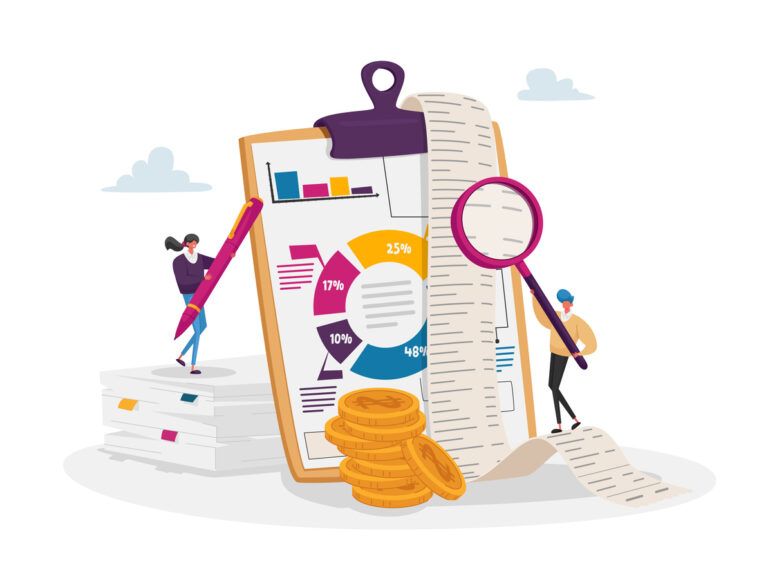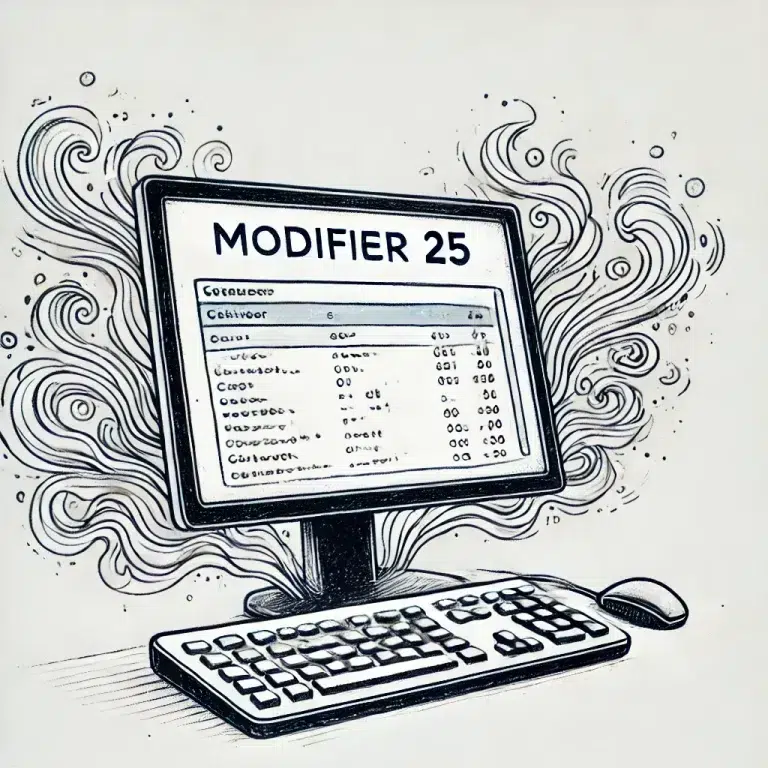Understanding How USP 797 Affects Your Practice’s Allergy Department
Some people might feel that compliance with USP 797 is just another regulation without benefit. But that isn’t true. There are real benefits to complying with this regulation, the most important of which is protecting your patients. This Ask Fuel First digs deeper into the organization that created the regulation and how compliance can safeguard your patients’ health and your practice’s reputation. But putting it into practice might seem daunting. By reviewing a day in the life of an allergy technician, we’ve answered the following question: How will USP 797 affect our practice’s allergy department?
What Is USP 797?
Most of us have heard of USP 797 vaguely, but what is it and who’s behind it? USP 797, put in place by the United States Pharmacopeia, discusses compounding practices and principles. The pharmacopeia has been published annually for over 200 years by the United States Pharmacopeia Convention, a non-profit organization that owns the trademark and copyright of the pharmacopeia (USP, n.d.).
The USP is not a government agency but prepares guidelines for medical professionals to follow that may be enforced by the Federal Drug Administration (FDA) or other government agencies (US Micro Solutions, 2022). It isn’t clear if or how USP 797 will be enforced, but we’re urging our members to comply with this regulation because that may change one day. We want you to be prepared.
The Risks of Compounding
Why have a regulation about compounding? Compounding is extremely risky because the resulting medication/solution doesn’t have the same safeguards as normal FDA-approved medications. Compounding is the “process of combining, mixing or altering ingredients to create a medication tailored to the needs of an individual patient” (FDA, 2022). Poor compounding practices can lead to the ineffectiveness of the drug, anaphylaxis or worse. (FDA, 2022). That’s why USP 797 was created—to minimize risk. To take this one step further, let’s look at how USP 797 can be integrated into an allergy technician’s workflow.
A Day in the Life of an Allergy Technician
Not every allergy department will follow the exact procedures for preparing compound antigens, and that’s alright. But let’s imagine an ENT practice that performs allergy testing in a best-case scenario where compounding begins to meet USP 797 standards. Below is an example of how the implementation of some parts of USP 797 might look in a real-life setting. Please note that we are not telling your allergy technician how to fully comply with USP 797.*
USP 797 Section 21.2
At the start of their shift, the allergy technician removes any items that are not cleanable or necessary for compounding before entering the compounding area. After tying their hair back, they put on a hair cover, mask, facial cover and shoe covers. They remove any visible debris from under their fingernails using a nail cleaner (nail brushes are not recommended) under running warm water, followed by vigorous hand washing, including the forearms up to the elbows, with soap and water for at least 30 seconds. The technician completely dries their hands and forearms up to the elbows with a low-lint disposable towel.
USP 797 Sections 21.3 & 21.4
Before patients can start immunotherapy, the practice must prepare allergens. The allergy technician enters the compounding area, which is set apart from the regular traffic of the practice. This room is well-lit and has a hard floor (not a carpeted room that conflicts with USP 797 standards) and a table that can be easily cleaned. This practice has a sink in the compounding room (which isn’t required), and it’s over one meter away from the compounding surface.
Next, the allergy technician puts on a non-shedding gown that closes at the back and has sleeves that fit snuggly around the wrists. They apply an alcohol-based hand sanitizer to dry skin, allowing it to dry before putting on sterile powder-free gloves. Once they’re clean, they clean all of the compounding surfaces. Using 70% isopropanol alcohol (IPA), the allergy technician cleans the tops of vials on mixing boards, the counter and the computer.
USP 797 Sections 21.5. 21.6 & 21.8
Using Allergy EDGE™, the allergy technician follows protocols to mix and dilute allergens and apply labels according to each patient’s needs and USP 797’s guidelines. We won’t discuss the compounding process here as it’s quite detailed. Let your regional team know if you’re interested in learning more about compounding using Allergy EDGE.
How Is Your Practice Affected by USP 797?
USP 797 affects your allergy department’s compounding processes, as noted above. Of course, some practices may need to change the area where they compound, but that will only be necessary for a small percentage of ENT practices nationwide. However, every employee entering the compounding area must be trained and documented by November 1, 2023, to comply with USP 797 guidelines and maintain strict sanitization standards and documentation. Read the next two Ask Fuel First articles in this section, “Personnel and Facility Qualifications for USP 797” and “Understanding How USP 797 Affects Allergenic Compounding,” for more details about training personnel, setting up your compound facility and documenting the process.
Your Next Steps
You may see USP 797 as an annoyance, especially if you must make significant changes to your facilities and training procedures. But making those changes will make your process safer for patients. For more specific information on USP 797 and how Allergy EDGE fits into this process, reach out to our team at AllergyEDGE@FuelMedical.com.
*ENT practices should contact the U.S. Pharmacopeia (https://www.usp.org/contact-us) for direct questions about compliance with USP 797. Fuel Medical is simply highlighting areas of USP 797 that practices should consider on their journey to compliance.
References
“About the U.S. Pharmacopeia (USP).” United States Pharmacopeia. Accessed 9/07/23. https://www.usp.org/about.
“Compounding and the FDA: Questions and Answers.” (29 June 2022). United States Federal Drug Administration. Accessed 9/07/2023. https://www.fda.gov/drugs/human-drug-compounding/compounding-and-fda-questions-and-answers#:~:text=In%20addition%2C%20poor%20compounding%20practices,serious%20patient%20injury%20and%20death.
Haas, Curtis E. (2023). “USP <797> Is Finalized at Last.” Pharmacy Times. Accessed 9/07/2023. https://www.pharmacytimes.com/view/usp-chapter-797-is-finalized-at-last
“USP <797>, A Compliance Overview” (2022). US Micro Solutions. Accessed 9/07/2023. https://www.usmslab.com/usp-797-compliance/#:~:text=All%20facilities%20that%20prepare%20CSPs,which%20are%20enforceable%20by%20law.


